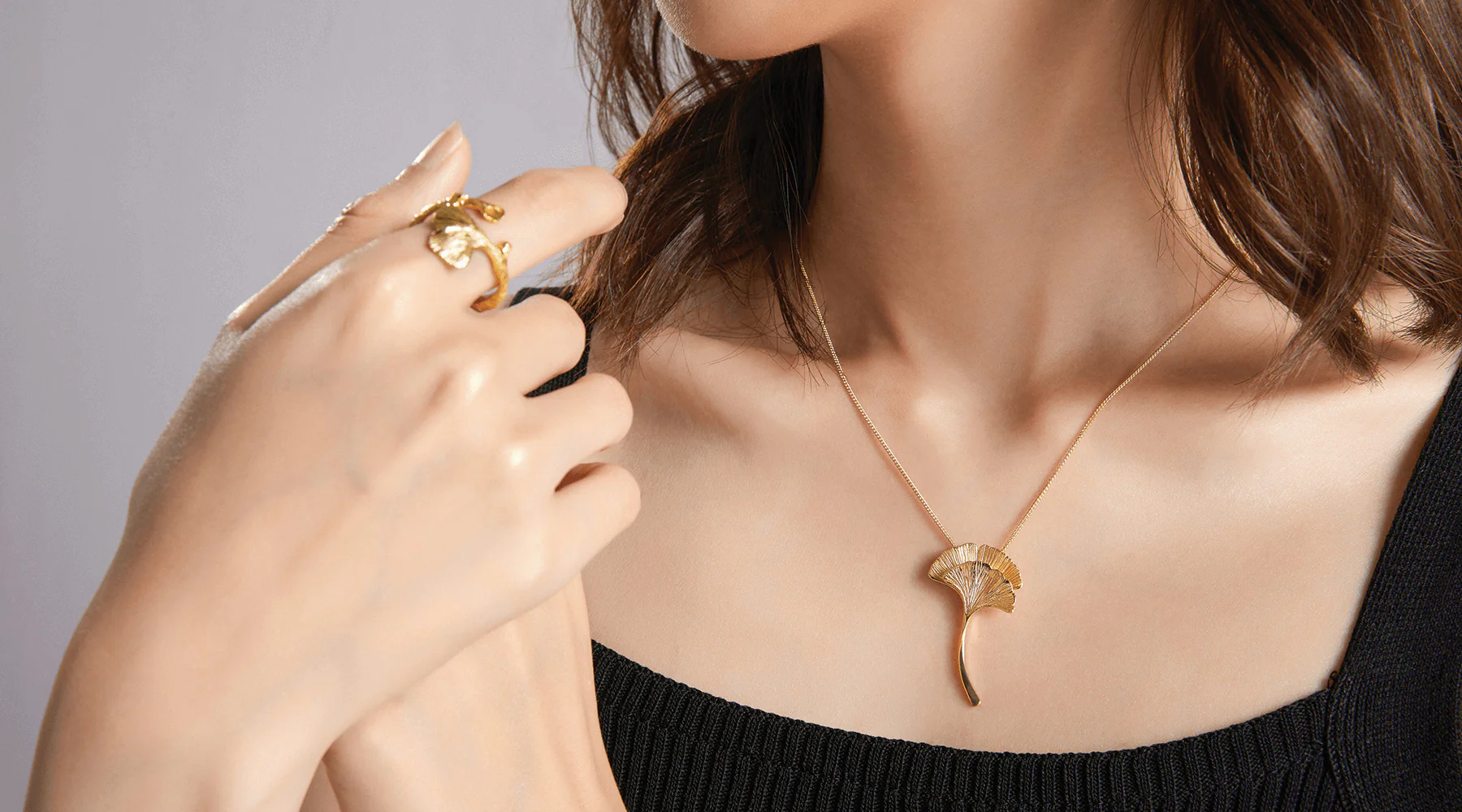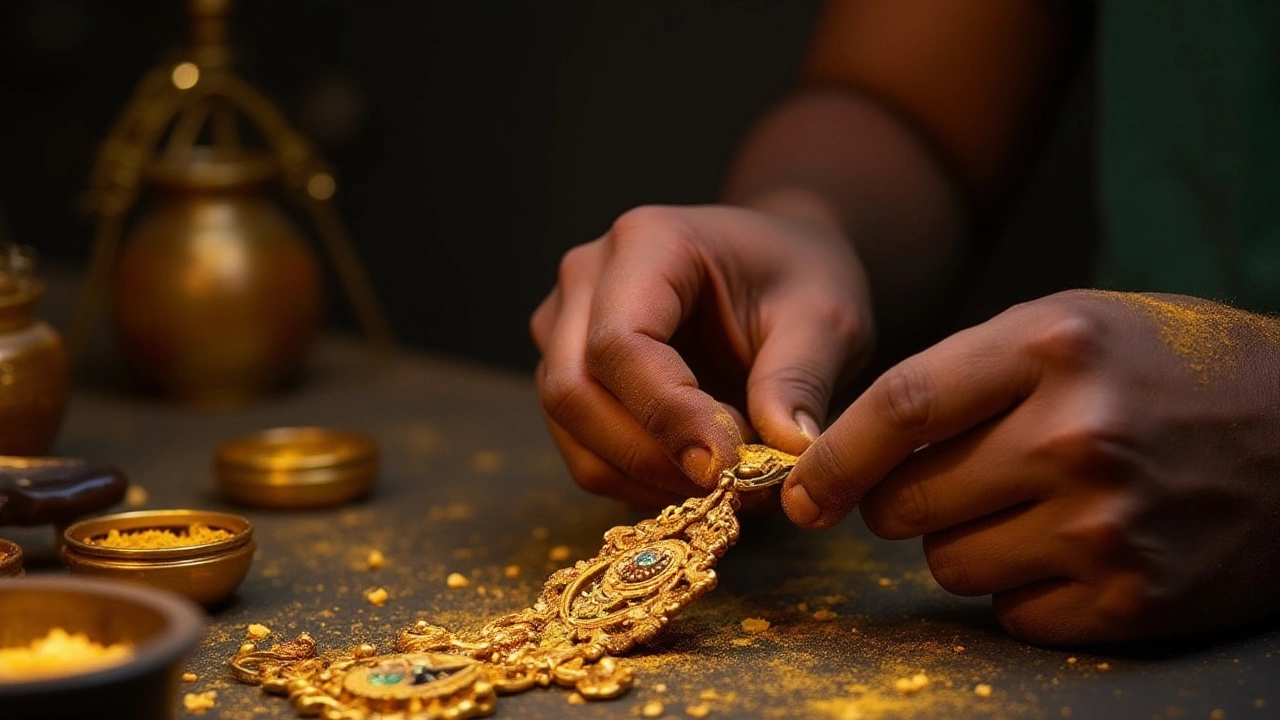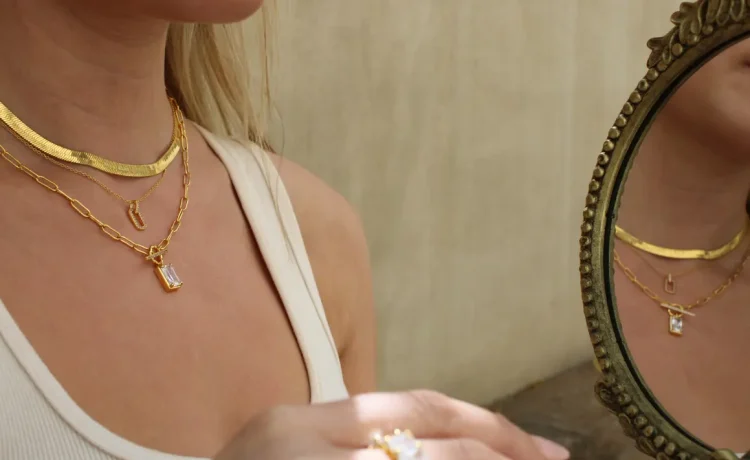Fashion is a language without words, and jewelry has always been one of its most powerful expressions. From ancient civilizations to today’s runway shows, jewelry has held a unique place in culture, symbolizing wealth, power, love, and identity. More than simple decoration, jewelry is both an art form and a statement—an accessory that has the power to transform an outfit and reflect the wearer’s personality.
As trends shift in the modern fashion world, jewelry continues to evolve, blending tradition with innovation. In this article, we’ll explore the role of jewelry in fashion: its history, its symbolism, modern trends, and the reasons why it remains an essential element of personal style.
A Brief History: Jewelry as Fashion’s Oldest Companion
Jewelry predates most forms of fashion. Thousands of years ago, humans wore shells, stones, and bones as ornaments, not only to beautify themselves but also to display social or spiritual significance. In ancient Egypt, gold jewelry symbolized divinity and immortality, while in Rome, rings and brooches reflected social rank.
During the Renaissance, jewelry became more ornate and decorative, reflecting Europe’s obsession with luxury and wealth. The Victorian era added sentimentality, with lockets and brooches carrying portraits, hair, or initials of loved ones.
Fast-forward to the 20th century, and jewelry became more democratized. Coco Chanel’s introduction of costume jewelry made stylish adornments accessible to women who couldn’t afford precious gems. Jewelry was no longer only about wealth—it became about style, identity, and creative self-expression.
Jewelry as a Statement of Identity
Jewelry is deeply personal. It communicates status, taste, and individuality in ways that clothing alone cannot. A bold necklace can project confidence, while a simple gold chain might convey elegance and restraint.
In contemporary fashion, jewelry has expanded beyond traditional gender norms. Men are embracing necklaces, earrings, and rings as part of their daily wardrobes. Gender-neutral jewelry lines are rising in popularity, signaling that adornment is no longer tied to traditional expectations—it belongs to everyone.
Moreover, jewelry is often tied to memory and meaning. Engagement rings, heirloom pendants, and charm bracelets are not just decorative—they are wearable narratives of life’s most important moments.

Jewelry as the Finishing Touch in Fashion
Styling an outfit without jewelry can sometimes feel incomplete. Accessories have the power to change the entire mood of a look:
-
Minimalist Jewelry: Small studs, thin bands, and dainty chains bring sophistication to office wear or everyday outfits.
-
Bold Statement Pieces: Oversized hoops, chunky necklaces, and cocktail rings can turn a simple black dress into a striking ensemble.
-
Layering and Stacking: Layered chains, stacked rings, and multiple piercings reflect modern creativity and individuality in styling.
Designers often describe jewelry as the “final punctuation” in fashion—an accent that turns clothing into style.
Jewelry Trends in Modern Fashion
The jewelry industry is constantly evolving, shaped by cultural shifts, technology, and consumer preferences. Some of the most notable trends in 2024 include:
1. Sustainable Jewelry
Consumers are increasingly conscious of where their jewelry comes from. Lab-grown diamonds, recycled metals, and ethical sourcing are at the forefront of jewelry design. Sustainability is no longer a niche concern—it’s becoming a standard expectation in the fashion industry.
2. Personalized Pieces
Customization is on the rise. From monogrammed pendants to birthstone rings, people want jewelry that reflects their unique stories. Personalized jewelry makes fashion intimate and meaningful.
3. Vintage and Retro Revivals
Trends are cyclical, and vintage-inspired jewelry is making a comeback. Art Deco rings, 1970s chunky chains, and 1990s chokers have all resurfaced, blending nostalgia with modern styling.
4. Everyday Luxury
Jewelry is no longer reserved for special occasions. Fine jewelry brands are embracing the idea of “casual elegance,” encouraging people to wear diamonds, pearls, and gold with jeans and sneakers.
5. Tech-Infused Jewelry
The intersection of fashion and technology is producing smart jewelry—rings that track fitness, bracelets that function as payment devices, and necklaces that double as wellness monitors. Jewelry is not only beautiful but also functional.
Jewelry in Global Fashion Cultures
Jewelry is a universal language, but every culture speaks it differently.
-
India: Jewelry is deeply symbolic, with gold representing prosperity and bangles marking marital status. Bridal jewelry sets are some of the most elaborate in the world.
-
Africa: Beaded necklaces and bracelets are vibrant symbols of heritage and community, often worn during rituals and celebrations.
-
The Middle East: Intricate gold and gemstone designs dominate, reflecting both tradition and luxury.
-
Western Fashion: Jewelry is more eclectic, often shaped by trends, celebrity influence, and seasonal fashion cycles.
This global diversity enriches the jewelry industry, allowing modern fashion to blend cultural inspirations in fresh, creative ways.
The Business of Jewelry in Fashion
Jewelry is not only about aesthetics—it’s a massive industry. The global jewelry market was valued at over $350 billion in recent years and continues to grow. High-end luxury brands like Cartier, Tiffany & Co., and Bulgari dominate the fine jewelry space, while fast-fashion retailers make trendy, affordable pieces accessible to younger consumers.
Social media has also transformed the jewelry business. Instagram, TikTok, and Pinterest drive trends faster than ever, with influencers showcasing everything from handmade artisan jewelry to luxury collections. Independent designers can now reach global audiences without traditional retail barriers.
Why Jewelry Will Always Matter in Fashion
Clothing trends may rise and fall, but jewelry holds a timeless quality. Unlike fast fashion, jewelry pieces often last a lifetime—sometimes even generations. A diamond ring or gold bracelet may be passed down as a family heirloom, carrying sentimental value far beyond its material worth.
Moreover, jewelry bridges the gap between fashion and emotion. It has the power to make someone feel elegant, powerful, or cherished. In a world where personal expression is more valued than ever, jewelry provides the perfect medium.

Conclusion
Jewelry and fashion have always been inseparable partners. From the ancient gold ornaments of pharaohs to the minimalist rings and layered chains of today, jewelry reflects culture, personality, and timeless beauty. It is not simply about adornment—it is about storytelling, identity, and transformation.
As fashion continues to evolve, jewelry remains one of the few constants. Whether through sustainable practices, personalized designs, or innovative technologies, jewelry will always adapt to reflect the spirit of the times. But its core appeal—the ability to make us feel unique, beautiful, and expressive—will never fade.
Jewelry is more than fashion’s accessory. It is fashion’s soul.

